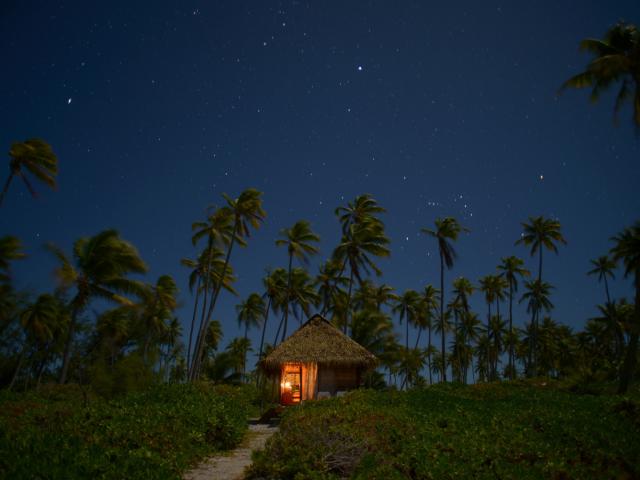Once you’ve unpacked, it’s time to take a look around and the village of Rotoava is the ideal place to begin. The heaps of buoys stacked up at the entrance to the village give you a fair idea of the way of life. This is a traditional fishing village where man and nature live together in harmony..
A small church, a bakery, a police office, a few shops and snack bars. That’s Rotoava! Peace and tranquility, and a pearl farm where the low prices will surprise you – which is no surprise because this is where they come from!














